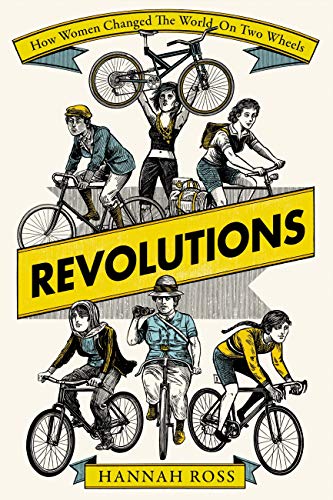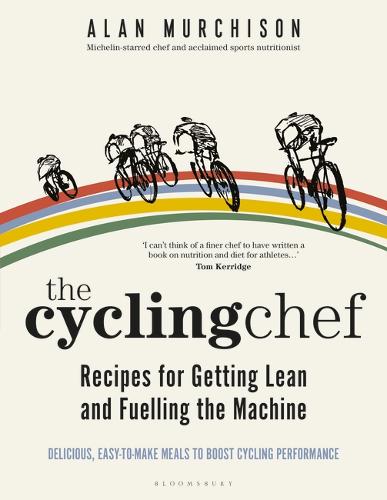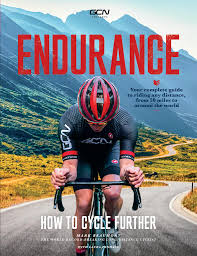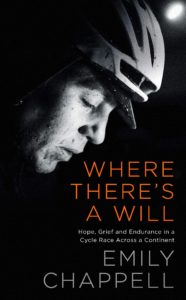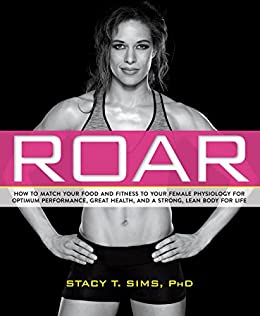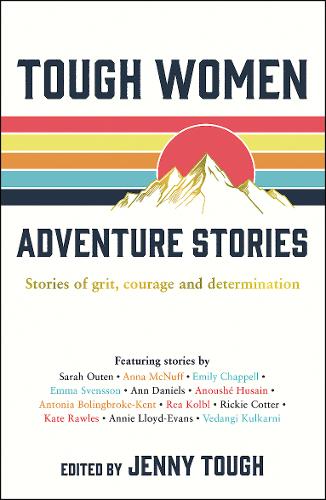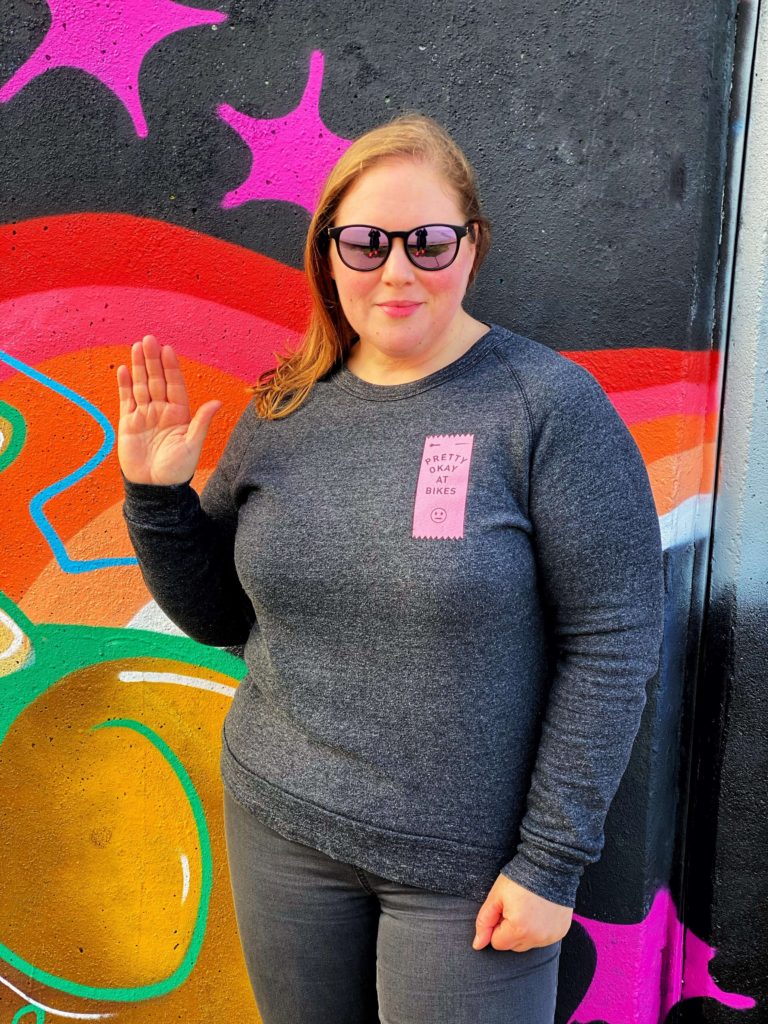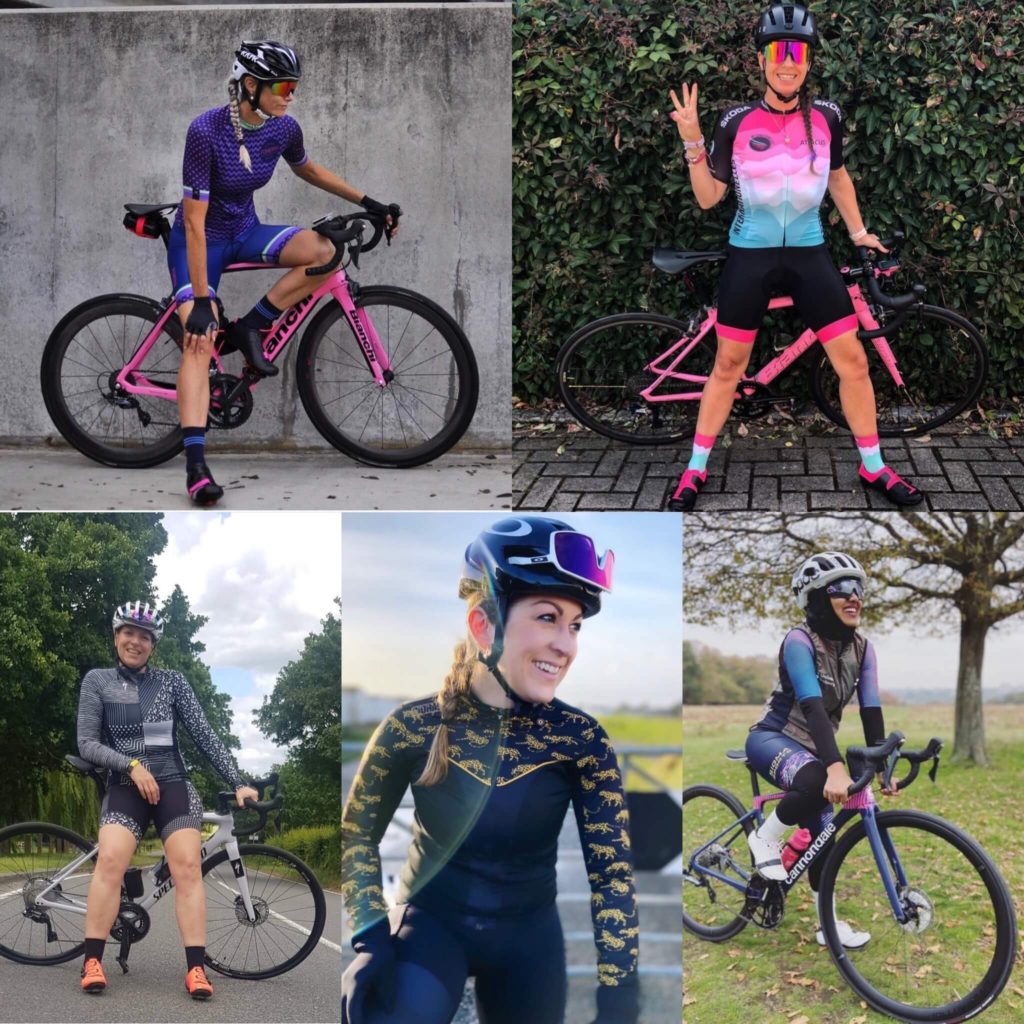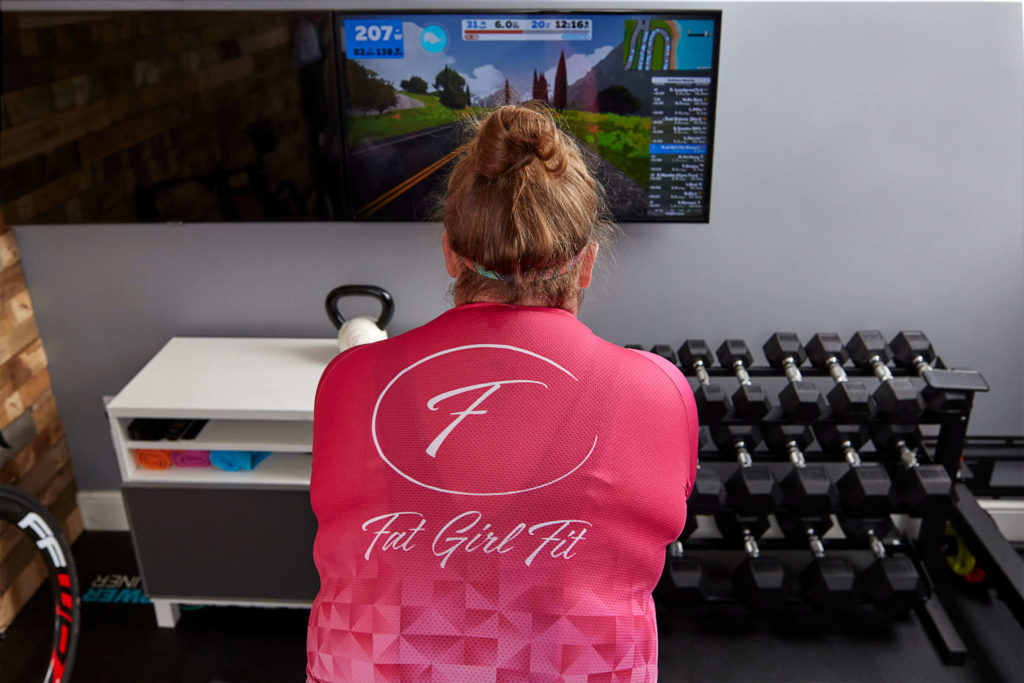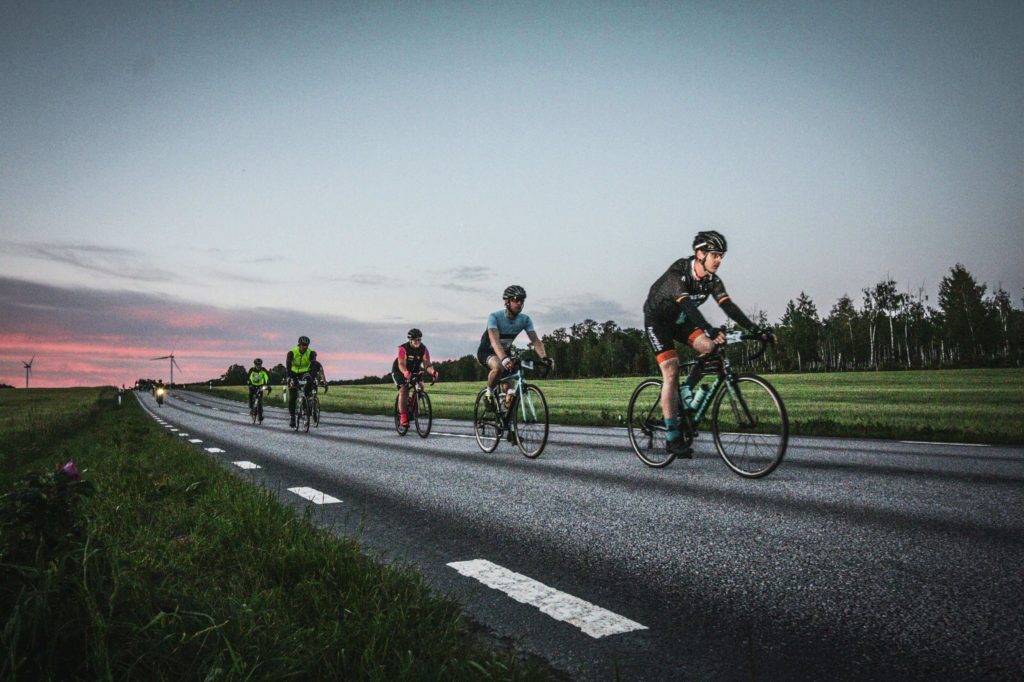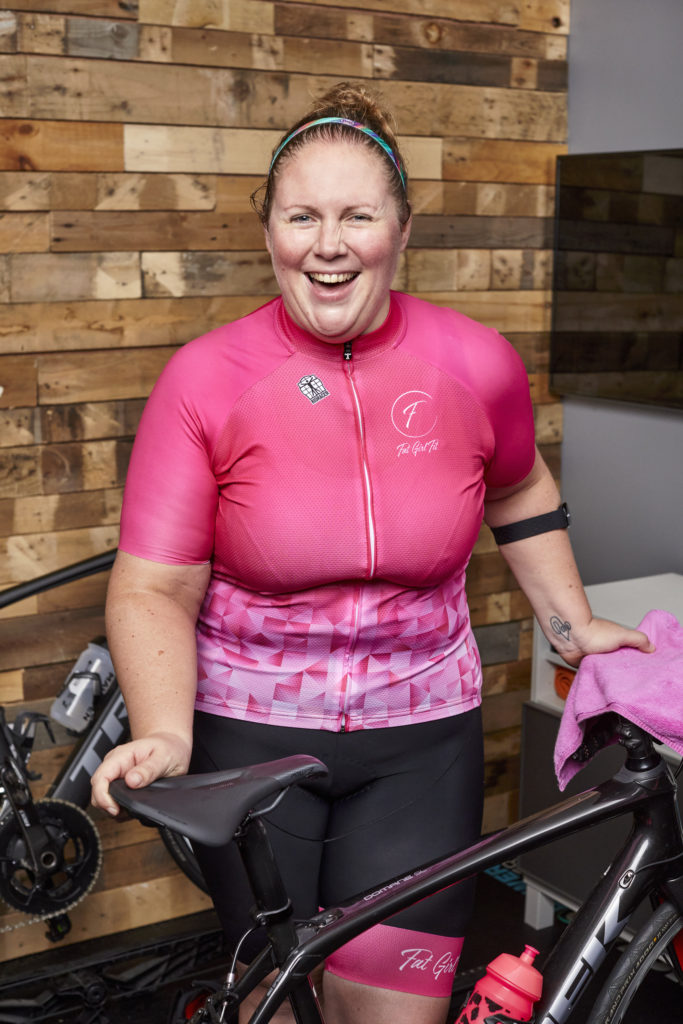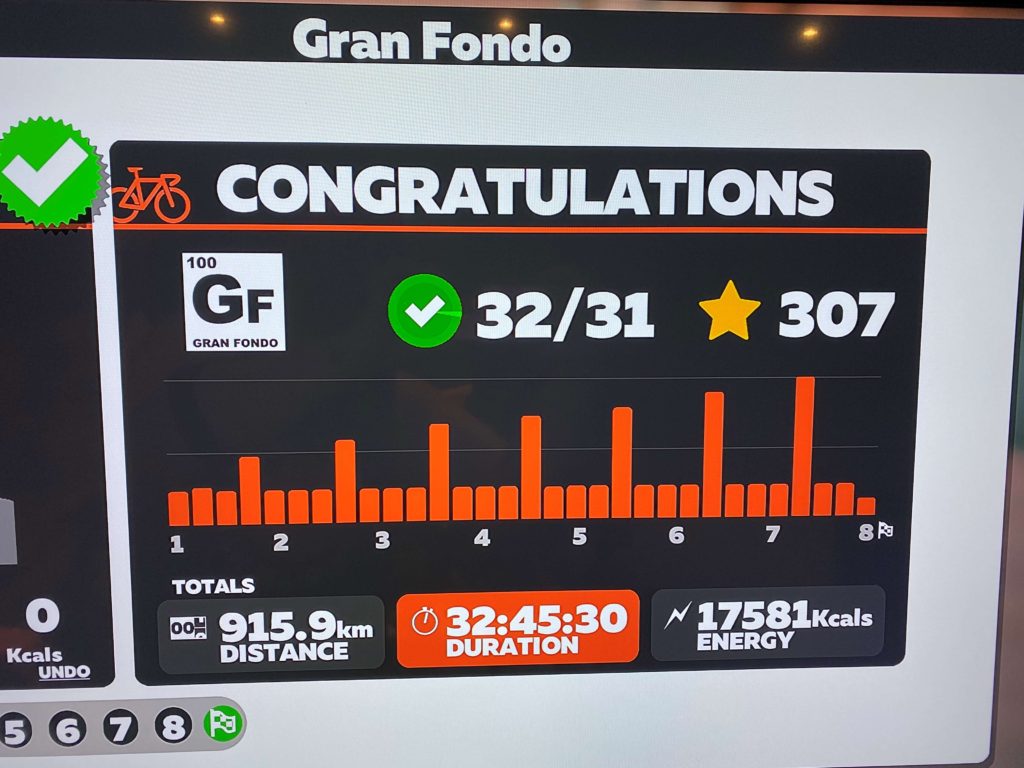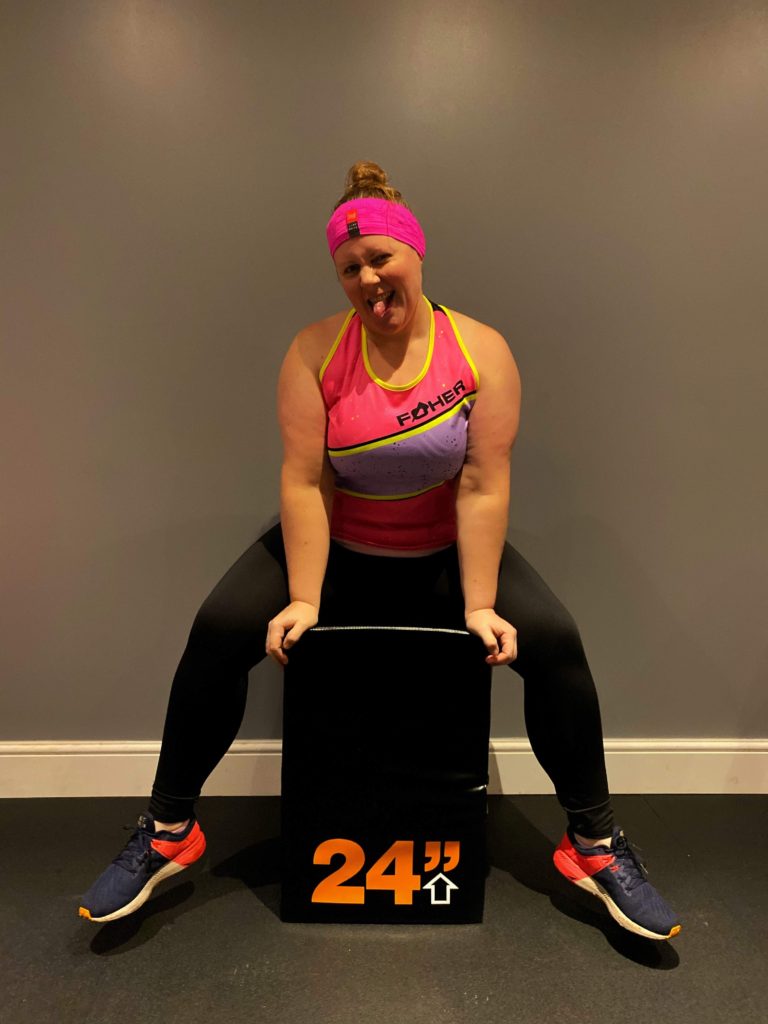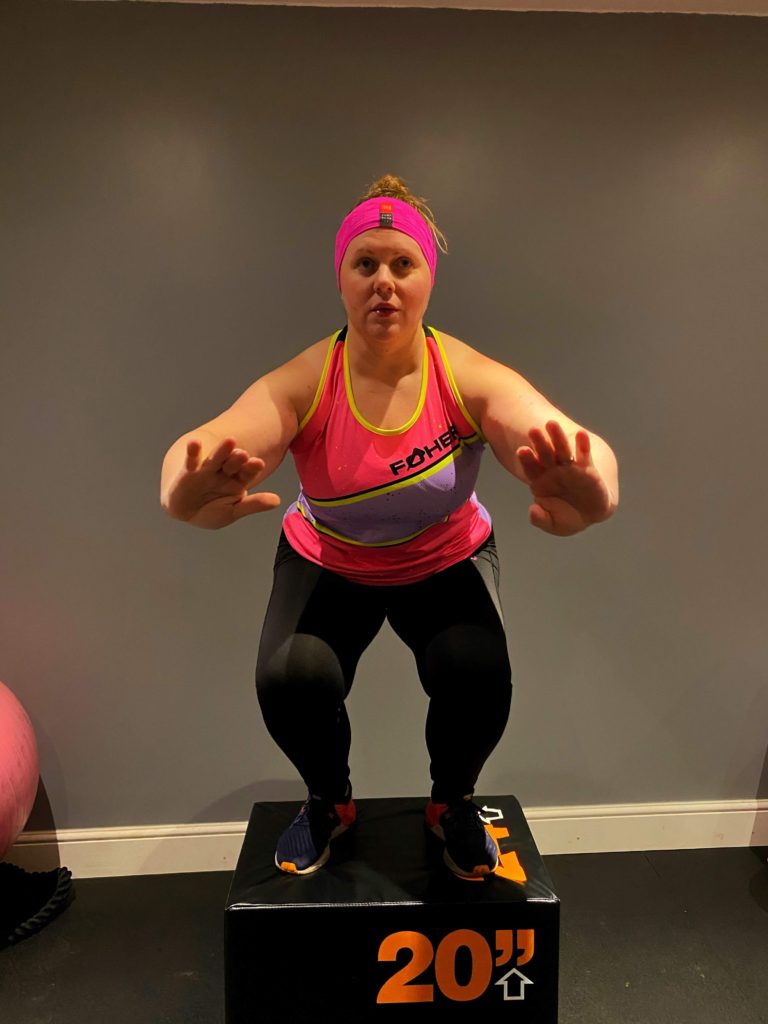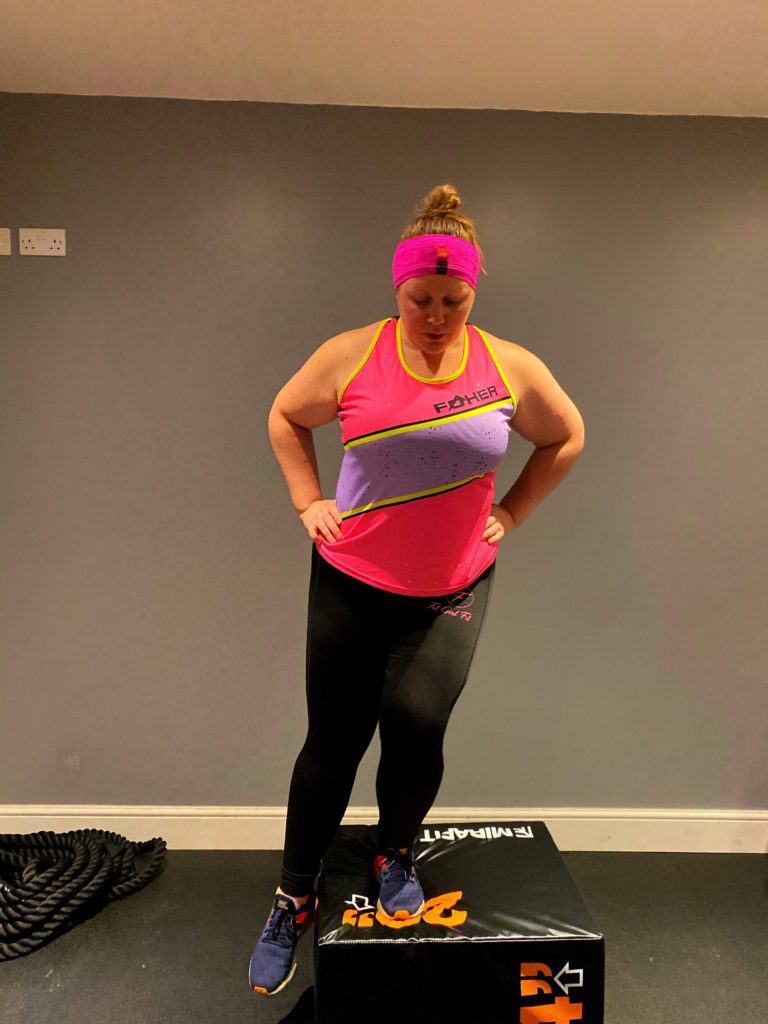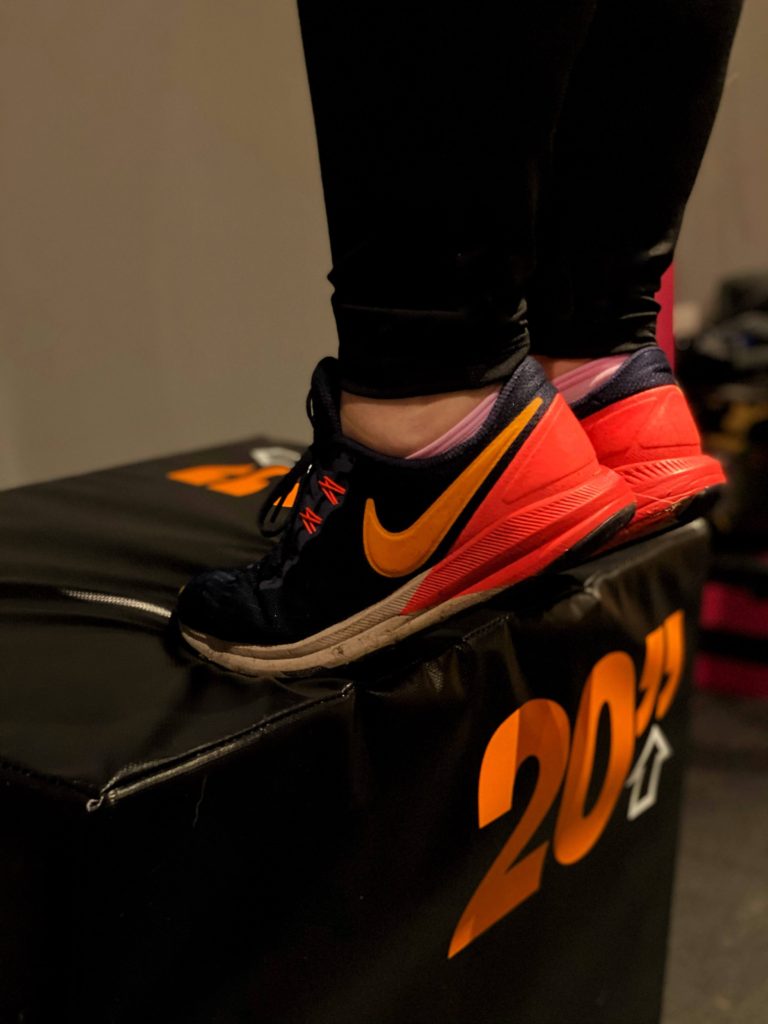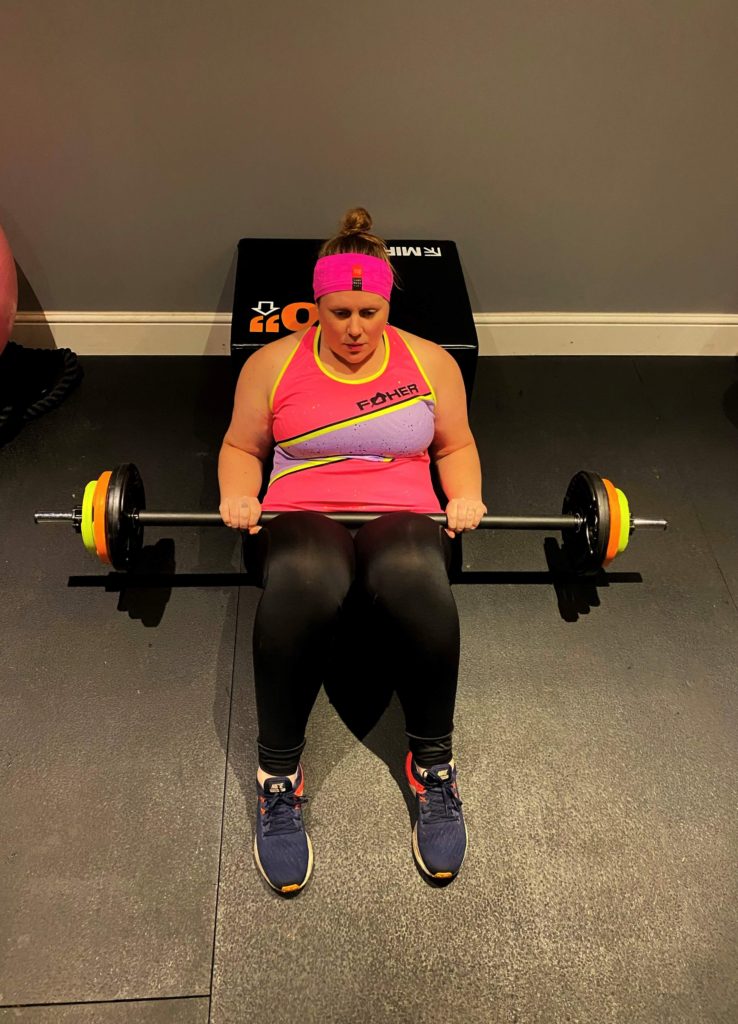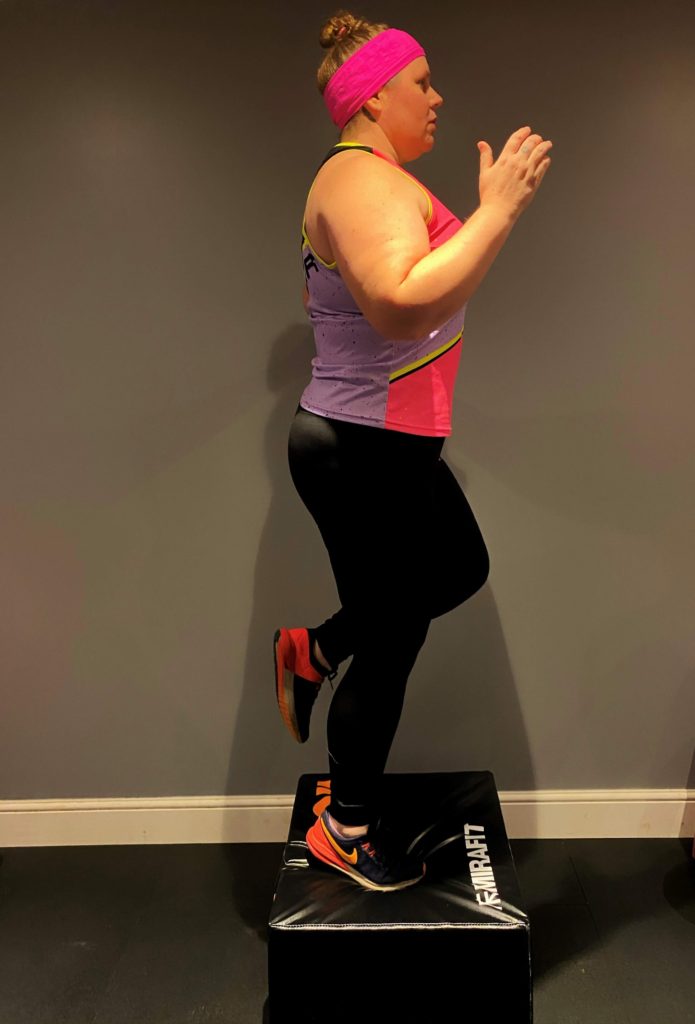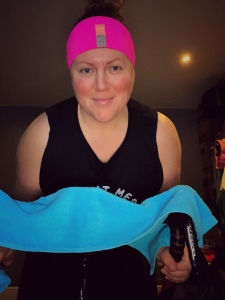I recently added a post to instagram and it received a comment asking my about how I got into cycling as the individual was interested in the sport. I must admit I thought I had previously written a post on this so was surprised when I checked that I hadn’t. So here is my story:
How It Began:
My husband has primary lymphedema, which is a result of lymph nodes in his groin not working properly so the drainage in his left leg does not work correctly and this results in very painful swelling and in the past hospitalisation. When this initially flared up in 2011 he was advised to take up sport where the movement acts as a manual pump and this started his interest in swim, bike and run. The bike was his main passion and he went on to start a cycling club with friends the following year.
I was never a sporty person and so was pretty much the one woman cheer leader but found myself surrounded by people cycling and soon decided to give it a try. I was lucky that the cycling club my husband started was full of lots of patient and willing friends to help me. I soon became hooked!
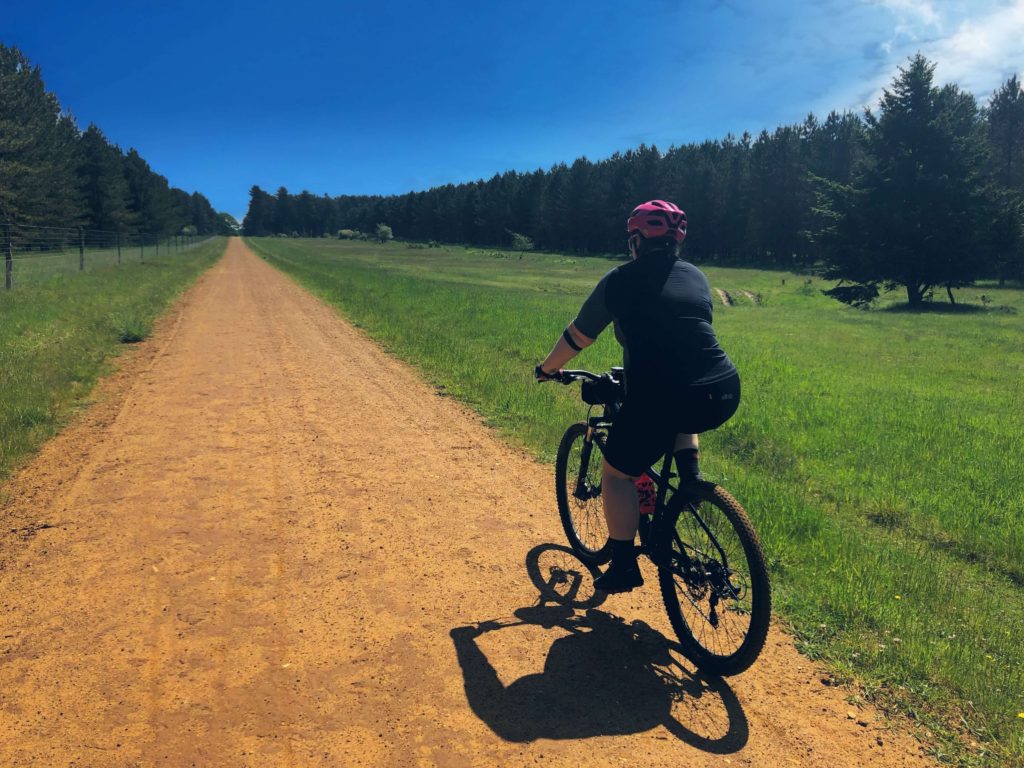
How It Developed:
I don’t take myself too seriously and I like to have fun so my initial approach was pretty laid back and I am more surprised than anyone how quickly my cycling passion developed:
- I swore I would never be one of those cyclists wearing lycra – that didn’t last long
- I also swore I would never use cleats and clip in to the pedals as it seemed outrageous and so dangerous to me – again it wasn’t long before I was doing this exact thing
- I insisted I would always wear underwear under bib shorts (honestly I thought I was being wound up when told you go commando) – another thing I soon learned was better and more comfortable (less chaffing)
- my journey began on a closed circuit cycling track so I could get used to the bike without junctions and traffic. This soon moved to club rides and so I started fairly soon with group riding
- my cycling club is a mix of men and women and everyone is just a cyclist with gender never an issue so I never felt the need to look for a women only club or take advantage of Breeze rides, however, I know from many others that they find these invaluable so I would always say it is personal preference
Where I Am Now:
As always it is easy when you start to look at someone else and think I wish I could do that or be at their level. I am by no means an expert – every day is a school day but it is important to remember everyone starts somewhere and be proud of where you are and what you have achieved:
- I remember the first time I rode and did mileage that was double digits and I basically thought I was semi-pro. Over the years my mileage has gone as far as 200 miles in one ride
- when I was office based (pre pandemic) I was cycle commuting with a friend into London
- I soon learned what n+1 was all about and over the years I now have multiple bikes including road, gravel, MTB and single speed
- I have travelled to multiple countries with my bike and cycled abroad
- I wanted to develop my knowledge and share that with others and gained my British Cycling Level 1 and 2 coaching qualifications
Why I Love Cycling:
There are many reasons and it is a huge part of my life now but the main ones are as below:
- the freedom that cycling brings, the adventure and getting from one point to another under my own power
- how accessible cycling can be, the many initiatives out there to help people get into the sport from children to adults
- there is no one size fits all – you can wear lycra, cleats, jeans, trainers, some even do naked rides (ouch and not me!)
- there are many reasons people may want to cycle, none more important or better than another, and not limited to but including for fitness, mental health, competitiveness, social aspect, to explore, environmental reasons, purely for the coffee/cake and many more, so do it for why you want and enjoy it
- how many areas of the sport that are expanding for women’s cycling and all the people who are encouraging this (there is a long way to go but lots of positive steps/changes)
- the people I have met and the friendships that have resulted from cycling and that it is something I can do with my husband
- the community can be amazing and there are so many inspiring people in the sport
I love sharing my journey and if I can do it you can too!


